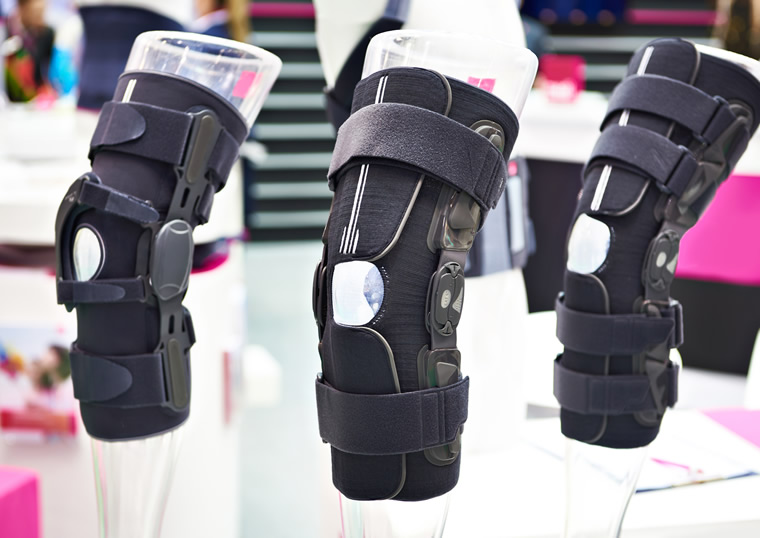Medical Braces
Orthopaedic braces are objects made of rigid materials, such as hard plastics, and soft materials such as spandex or other tightly-knit fabrics designed to inhibit the movement of a joint past a certain point.
Orthopaedic braces are used to immobilize joints and allow them to heal in an effective position. They allow muscles, tendons, and ligaments to receive the right amount of blood flow through movement without allowing movements that aggravate or worsen the existing injury or condition being treated.
It is important that a brace is fitted properly to the specific measurements of the patient to be effective.
Braces claimed under Extended Health benefits should:
- Be medically necessary and prescribed by a licensed physician.
- May be off-the-shelf or customized for the claimant.
- Customized braces should be fitted and dispensed by a qualified professional where it is permitted and within their scope of practice to do so.
Claims reimbursement will be subject to applicable plan maximums, deductibles, and limitations as defined under your benefits policy. Please refer to your employee benefits booklet and/or your insurance carrier for coverage.
The prescription should include the following:
- Be prescribed by a health care professional in good standing with their provincial regulatory body.
- A diagnosis of the medical condition requiring the brace.
- A recommendation on the style of brace (i.e., rigid, custom) required to treat the claimant’s condition.
The invoice provided by the Approved Provider and submitted by the claimant should include the following information:
- The make, model, and style information for the brace dispensed to the claimant.
- The body part the brace is designed for (i.e., Left Knee).
- The SKU and/or serial # of the brace dispensed to the claimant.
- The name, signature, and qualification of the person who fitted/dispensed the brace to the claimant.





